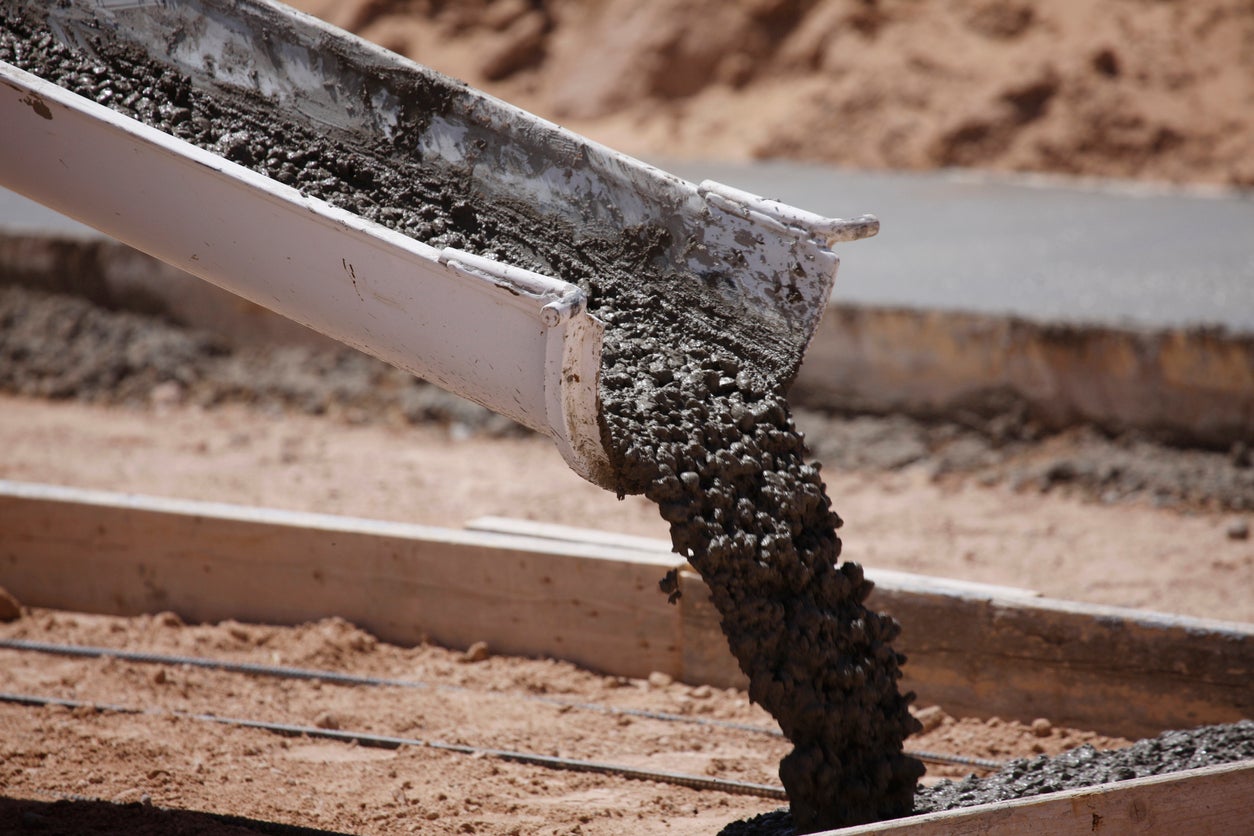In a world-first, scientists create eco-friendly cement from algae
The era of sustainable construction has arrived.
Every year about two gigatons (2,000,000,000,000 Kg) of CO2 is released into our environment due to the production and usage of cement. According to a report from the United States Environment Protection Agency (EPA), cement ranks thirdamong the top ten biggest sources of industrial pollution. Surprisingly, a team of researchers claims that we can put a full stop to this cement-driven carbon emission overnight by replacing traditional cement with their new microalgae-based biogenic (a substance made using living organisms) cement.
A team of researchers from the University of Colorado Boulder — in association with their fellow scientists at the National Renewable Energy Laboratory (NREL) and the University of North Carolina Wilmington (UNCW) — have developed a unique carbon-neutral method using which portland cement can be produced from biologically grown limestone. This new material can drastically reduce the environmental pollution caused due to construction activities around the globe.
Traditional cement vs cement from biogenic limestone
Interestingly, concrete which is primarily made using portland cement, water, and gravel is considered the most consumed material across the globe next to water. Whether it is North America, Europe, or Asia, construction activities can not be imagined without concrete and especially portland cement.
While highlighting the significance of concrete, lead researcher and CU Boulder Professor Wil Srubar said, “We make more concrete than any other material on the planet, and that means it touches everybody’s life.”
However, it is very unfortunate that the commercial production of portland cement involves the incineration of large quantities of limestone resulting in massive CO2emissions. Moreover, the air quality of the area where cement is produced is also heavily compromised as the burning of limestone releases various pollutants and toxic gases into the air. The solution to this problem popped into the mind of Professor Wil Srubar in 2017 on his trip to Thailand.
Professor Srubar noticed naturally built calcium carbonate structures around coral reefs during his trip. Since he knew that limestone is also made of calcium carbonate. Looking at the CaCO3 deposits, it came to his mind that maybe limestone can also be grown naturally instead of being extracted from the quarries. He asked himself, “If nature can grow limestone, why can’t we?”
When he came back to the US, he and his team of researchers decided to cultivate microalgae called coccolithophores. Members of this algae species are capable of giving rise to biogenic limestone by creating calcium carbonate deposits during photosynthesis. The researchers noticed that, unlike natural limestone which takes millions of years to form beneath the ground, the biogenic version by coccolithophores could be produced in real-time.
Moreover, coccolithophores produced calcium carbonate in less time as compared to the coral reefs that Professor Srubar observed in Thailand. The raw material required for the formation of biogenic limestone in seawater included only dissolved carbon dioxide and sunlight. Also, since the microalgae can survive in both salty and freshwater bodies, they can be employed to grow limestone almost anywhere in the world.
Algae-grown limestone is the future
The researchers claim that limestone production from coccolithophores is so feasible that if you want to fulfill the total demand for cement in the United States. All you need to do is – allow the coccolithophores to bloom in a water body covering an area of about two million acres. This would take only 0.5% of all the land available in the country.
Surprisingly, cement production from biogenic limestone is not only carbon neutral but also carbon negative as the microalgae remove carbon dioxide from the environment and store it in the form of calcium carbonate. Therefore, concrete formed out of this cement could kick off a new era of sustainable constructionaround the world.
“For the industry, now is the time to solve this very wicked problem. We believe that we have one of the best solutions, if not the best solution, for the cement and concrete industry to address its carbon problem,” said Professor Srubar.
For their extraordinary innovation, Professor Srubar was awarded the National Science Foundation CAREER award in 2020 and recently, his team received a $3.2 million grant from the U.S. Department of Energy (DOE). They have also partnered with private players to scale up the research and production activities related to the biogenic limestone.
Professor Srubar and his colleagues believe that their revolutionary material has all the potential to replace quarried limestone and save the planet from all the environmental damage it does.
Source: Interesting Engineering.




